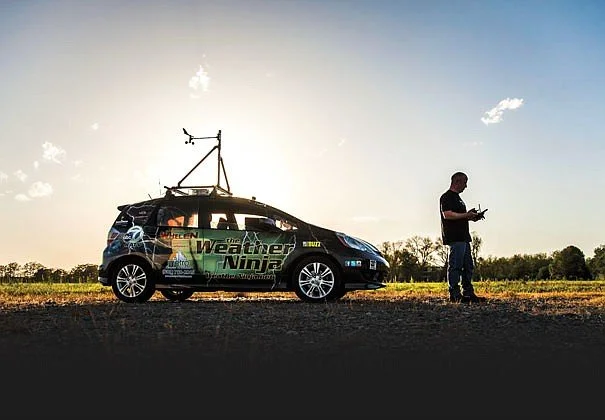Editing
Selected Editing*
Wanting Witches
by Dorothy Marcy
Every two weeks our mothers washed our hair. We little girls, who just wanted to play, didn’t care that our kinky hair was dirty. We didn’t notice that it was tangled and matted from sweating in the sun and sleeping with cousins who wet the bed. Our mothers would have washed it more often, but it was just too much trouble, for one thing, and they thought it would make our hair dry up and fall out, for another. We had dry hair and they feared it would turn to straw.
Healing with the Help of a Friend
by Seth Eli Barlow
When you’re sick and someone looks at you, they never really see you. To them, you are their own eventualities reflected, a projection of their own crumblings were your fate theirs. They see themselves as the sick one, what they might look like if they were to be the unlucky one. For them, you’re just a walking reminder of their own mortality. In an effort to avoid this, they will stop looking at you. That is a relief. The tired and frightened eyes of the healthy were a pressure I struggled with—their constant not knowing what to say or how to act.
Photo by Don House
The Naturalist
by David Priest
To Kent, everything is connected. We pass a forking persimmon-tree branch, wrapped in silken web like a giant cocoon, and I ask what created it. He tells me it’s the work of tent caterpillars. Rain crows, says Kent, eat dog-day locusts for most of the summer, even as the caterpillars sun themselves on tree branches and eat leaves out in the open. He indicates the stripped branches as he talks. When the late-season rains come, though, the caterpillars take shelter in their webbed tents, and the crows show up for a prepackaged meal. “And that’s why they’re called rain crows,” he says, as I watch the shredded silk flap stiffly in the breeze. It’s already becoming brittle.
This Little Piggy Went to Market … And Everything Changed
by Johnny Carroll Sain
The anxiety in Richard’s voice and on his face pulled at my empathy. I understood the weight of carrying tremendous debt on a precarious business. While my debt load was about one-tenth of his, and I wasn’t under the constant scrutiny that 2.7 million gallons of pig manure spread on thin soils will bring, I’d been there. By all accounts, Richard and Philip and co-owner Jason Henson are good people, exemplary caretakers of their facility and the waste it generates. Every ADEQ inspection has proven that C&H is doing it right. The problem is that “what’s right” has narrow parameters, and the threat to the watershed is poorly understood. The danger isn’t in a waste-pond breach and pig shit floating down Big Creek. It’s something more insidious and specific to this region. The Ozark Mountains are karst topography, formed as water-soluble minerals such as limestone, dolomite and gypsum were eroded away, leaving ridges, hollows, caves and sinkholes. It’s what makes the Ozarks the Ozarks. But it also means that any liquid applied to the soil funnels into groundwater and eventually into creeks.
The Long Chase Home
by Nicholas Hunt
I follow his gaze, but at first I don’t see it. All I can make out is a mass of darker gray moving right to left across the roadway. Then I realize that’s it, and it’s massive. Though the heavy rain to the south obscures our view, it’s immediately obvious we are close—perhaps only a mile from the wedge-shaped funnel’s northern edge. If the tornado had turned slightly north instead of slightly east, we would have been in serious danger. If we had continued south for one or two more minutes, we very well could have died. The tornado’s winds rage at speeds of 166 to 200 mph, ranking it a 4 out of 5 on the Enhanced Fujita scale, and the funnel has already torn Mayflower apart.
An Arkansas Story (feature package)
A few years ago, in these pages, we wrote about the average Arkansan. Or, more specifically, the very most statistically average Arkansan. Using public records from the Social Security Administration and the United States Census Bureau, we learned that this hypothetical figure was female, 36.4 years old. She was white, had a household income of $40,531 and a 21.3-minute commute. Oh, and her name was Jennifer. But of course, because numbers, specific as they might be, are limited in the story they’re able to tell, we set out to meet the average Arkansan. For the past several months, we traveled the state—to Batesville, El Dorado, Fayetteville, Little Rock and Pine Bluff—setting up a portrait-station and conducting brief interviews with anyone willing to give us a few minutes of their time. And in that experience, we learned about Arkansans as they are today.
Reasons to Love Arkansas (feature package)
Hour to hour, on a day with blue skies, green grass and wildflowers, it’s not especially difficult to find reasons to love this state—spring days, fog blankets on early mornings, silhouettes of hawks wheeling overhead, that beautiful exchange of the life we see giving life right back. And then there are days like March 7, 2019: gray, gloomy and waterlogged the whole state over. And while you might think such a day would’ve been less than ideal for an ambitious photo-driven project—a day on which 14 photographers all across Arkansas had been tasked with capturing reasons why they love this state—the results couldn’t have been any better. When the submissions came in, the iconic mainstays of Arkansas’ natural beauty were mostly lacking; instead, what we found were intimate moments, more personal vignettes, imagery that we suspect would’ve been less prevalent on a fairer-weathered, blue-skied day. With these images, we got the truest heart of our state—and honestly, that’s reason enough for us.









